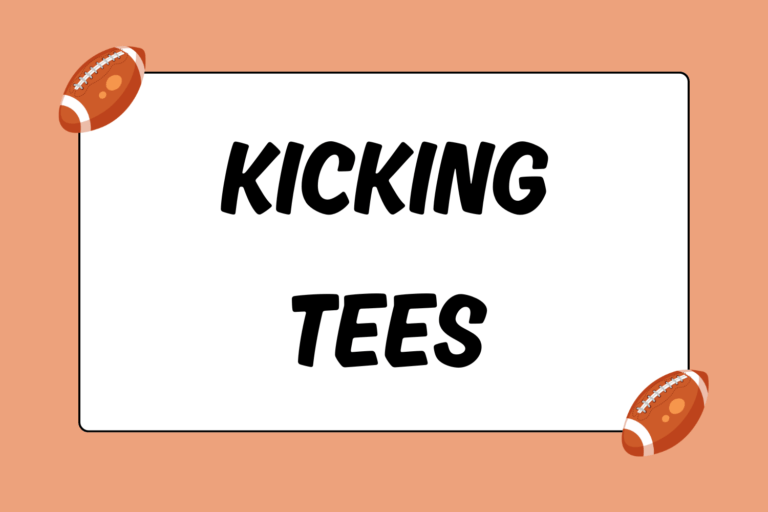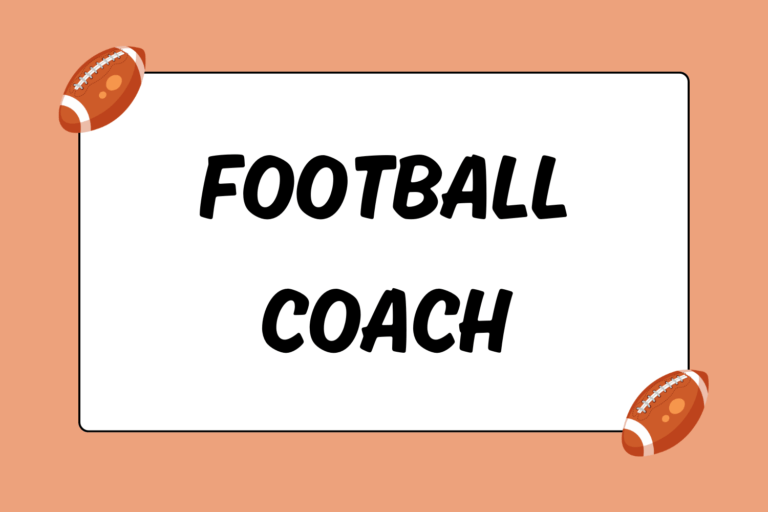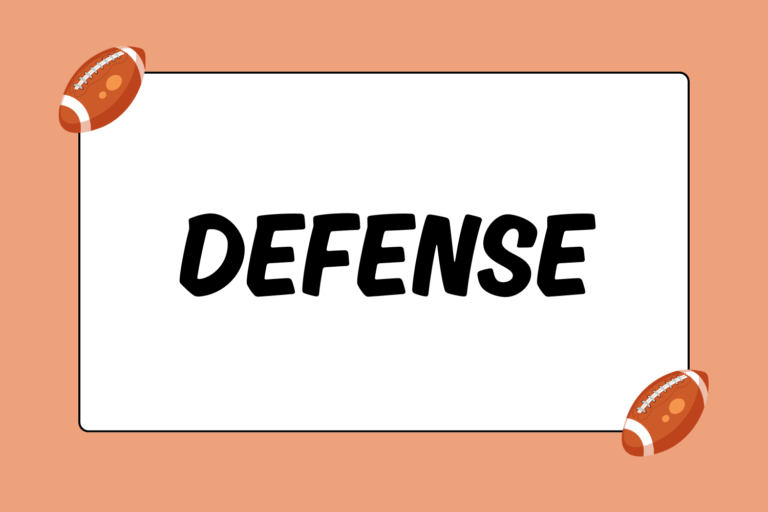Concussions are an unfortunate risk for football players. Although some players avoid head injuries altogether, most football players suffer a concussion at some point in their playing career. Fortunately for players, concussions are receiving more attention than ever before, which has already led to improvements in concussion treatment. This guide identifies the common treatment methods for dealing with concussions.
Recovering from a Concussion
Unlike other common football injuries, the recovery time for a concussion cannot be sped up. The only way to fully recover from a concussion is to give your brain enough time to heal, while also avoiding further trauma. Players normally stick to the following two steps when recovering from a concussion:
- Give your brain enough time to fully heal.
- Prevent additional damage to your brain during the healing process.
Under normal circumstances, this would be relatively easy. However, for football players — especially players who are extremely eager to return to the field — this is much easier said than done.
How Much Time is Needed?
It’s extremely difficult to determine the initial severity of a concussion and the amount of recovery time needed after the injury. There are obvious signs that a player has received a serious concussion — loss of consciousness, inability to walk properly, slurred speech — but such symptoms only provide a basic sense of how badly the player is injured.
Currently, administering a neurocognitive test is the most popular way to determine concussion severity:
- The test is divided up into several sections. Each section measures a different brain function, like memory retention and information-processing speed. Each section is individually scored, though the overall score is important as well.
- Players take this test before the season even starts; this version is commonly referred to as a “baseline test.”
- If/when that player receives a concussion, he takes the exact same test (same types of questions, not the exact same questions) within 24 hours of the concussion.
- The scores from the baseline test are compared with the scores from the most recent test.
The severity of the concussion is determined based on the differences between both sets of scores. The lower the score on the second version of the test, the more severe the concussion. The player’s doctor/team physician administers follow-up evaluations to chart the player’s recovery process. Because it’s impossible to predict how a person will react to a concussion, these evaluations are unique and based exclusively on that player’s second set of test scores.
Mental Edge
Several states have laws that require youth football organizations and younger players to complete this type of test before every season.
Consequences of Inadequate Treatment
While most players that suffer concussions can (and do) completely recover, their recovery depends on how much time their brain is given to heal. A player who returns to the field before fully recovering is at a much greater risk of prolonging the original brain injury, as well as suffering additional trauma.
Here are a few possible consequences of returning to play before being fully healed:
Post-concussion Syndrome (PCS):
Though PCS can occur naturally from the original concussion, it’s much more prevalent in players who continue to play without properly healing. PCS occurs when normal concussion symptoms — dizziness, headaches, sensitivity to light — persist for a prolonged period of time. Some professional athletes with PCS have had these symptoms for years.
Brain swelling and hemorrhaging:
Your brain is more susceptible to injury when it’s healing from a concussion. Returning to play with a concussion and suffering additional brain trauma can lead to brain swelling and bleeding around the brain. Both of these symptoms can become life-threatening.
Increased susceptibility:
Again, the only way your brain will completely heal from a concussion is by giving it enough time to recover. Players that suffer an additional concussion before fully recovering from their initial head injury normally endure two common side-effects: The trauma from the initial concussion worsens, and their brain’s overall ability to recover from concussions reduces. Both of these outcomes equate to potential loss of brain function.
While these aren’t the only consequences of returning to play before you fully recover from a concussion, they are good reasons to give yourself ample time to heal.
The Only Real Cure is Time
Again, there is no surefire cure for a concussion. Everyone reacts differently to concussions, and there’s no way to predict with total accuracy what the fallout of a head injury will be. However, one thing remains certain: You need to give yourself enough time to fully recover before you can return to the game at 100 percent.





